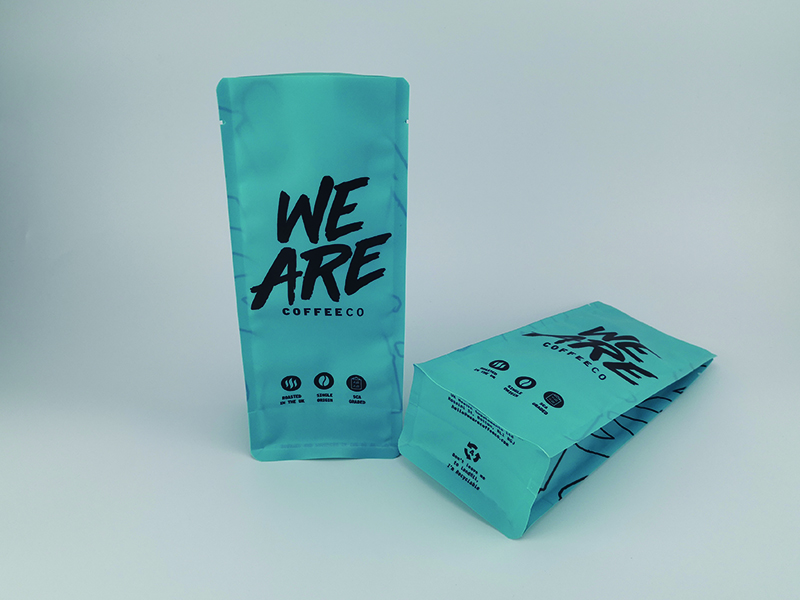Composting biodegradable plastics and waste paper with other organic compostable materials, such as yard waste, food and agricultural waste, can produce a large amount of carbon-rich fertilizer (humic material). Fertilizer-improved soil has many benefits. Due to the increased content of organic carbon, water and nutrients, it can reduce the amount of chemicals and inhibit plant diseases. Nowadays, people are increasingly using compost to maintain the sustainable development of agricultural systems. In many countries, food waste and other biological waste are collected separately and composted to produce good, high-value soil improvement materials, which are returned to the field to maintain the carbon cycle.
Bio based plastics and biodegradable plastics (PHAs) is the environment, sustainable new material which is instead the traditional petroleum-based plastics. “degradable”、”biodegradable”、”compostable” etc is the usually involved when discussing these new materials, they are similar but different.
When designing a new product, it’s important to considering the ecological behavior, which is related to the ultimately deal with. And sometimes the packaging represent the products, our colleague often received the inquiry which consult the 100% recyclable plastic stand up pouch and need the biodegradable 100% compostable stand up pouch or other flat bottom pouch or etc,

Today Gaoaog Packaging solution will discuss the difference between 100% recyclable, biodegradable and 100% compostable digitally printed packaging bag(such as coffee packaging).
100% recyclable digital print packaging bag, generally use single pe material or PE/PE material, here the pe material is not the common use materials, generally means PE/EVOH PE or PE/milk PE(white PE); Maybe you have some questions, why need PE/Pe, why not PET/Pe, PET/PE can recyclable but can not 100% recyclable, because if need 100% recyclable must need single material, and the bag’s type is lay flat pouch, or side gusset bag or stand up pouch, and the bag need heat seal, so we must need composite(laminated) package bag; and for this PE/PE material, we can choose glossy or matte finished.

Biodegradable digitally print packaging bag generally means the raw material add the PLA or PBAT, Biodegradable plastics need to be completely degraded under specific conditions of temperature, humidity, and the combined action of microorganisms, and produce carbon dioxide, water and other substances that are harmless to the environment.

100% compostable digitally print packaging bag generally use NK/kraft paper/ PBAT, or NK/VMPLA/PBAT material, for example stand up pouch with zipper, we also can do 100% compostable(100% degradable), and customer can according to their actually situation to order the quantity they need, no need like before need purchase more quantity in stock, it will reduce the waste of the packaging and it’s protect environment behavior, by digital print flexible packaging bag can with a very Low minimum order quantity for 100% compostable stand up pouch or 100% compostable flat bottom pouch (100% biodegradable stand up pouch/ 100% biodegradable flat bottom pouch);

For example, the degradation of photodegradable plastics relies heavily on the participation of light sources. When buried in the soil without light, there is almost no degradation. Biodegradable plastics need to be degraded under the corresponding industrial composting conditions. Taking PLA as an example, its biodegradation needs to meet the two most basic conditions: 50%-60% humidity and 50-70 degrees Celsius temperature. Under these conditions, it is possible for microorganisms to gradually decompose PLA over a period of months or even longer.
Therefore, the use of degradable plastics does not mean that consumers can discard them at will. Such products should be sorted and recycled in a unified manner like traditional plastic products, and recycled and reused (including physical recycling and reuse) according to appropriate disposal methods. Utilization, chemical recycling and reuse and biological recycling such as composting, etc.).
In addition to being biodegradable by microorganisms, there must be a time requirement for a plastic to be called "compostable" plastic. For example, ASTM 6400 (specification for compostable plastics), ASTM D6868 (specification for biodegradable plastics used for surface coating of paper or other compostable media) or EN 13432 (compostable packaging) standards stipulate that these materials are used in industrial composting environments It should be biodegraded within 180 days. The industrialized composting environment refers to the prescribed temperature of about 60°C and the presence of microorganisms. According to this definition, compostable plastics will not leave fragments longer than about 12 weeks in the residue, contain no heavy metals or toxic substances, and can sustain plant life.

The composting method is a method developed in recent years to evaluate the biodegradability of plastics. Its essence is to rely on the widely distributed bacteria, actinomycetes and fungi in nature to promote the biochemical process of the conversion of biodegradable organic matter into stable humus. This method is used to evaluate the biodegradability of plastics quickly, effectively, simply and intuitively, and can reflect the biodegradability of plastics under natural conditions to a considerable extent. So far, the composting method has become the main method for evaluating the biodegradability of plastics in the United States, Japan and European countries.

